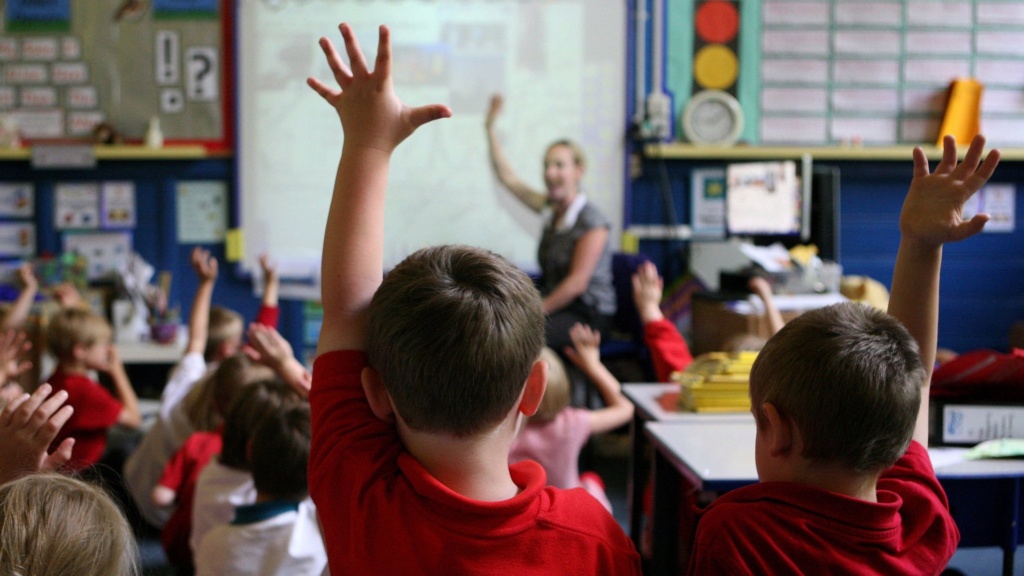
One of the driving ambitions of the Education Policy Institute is to use data and evidence to improve our understanding of effective education policies and practice, particularly those which will help to narrow the gap between the most disadvantaged children and the rest. Our Education in England Annual Report, published last year, found that the gap between the most disadvantaged children and the rest was already 4.3 months at age 5 and accounted for 40 per cent of the overall gap at age 16.
This is not a new problem for government or policy makers. The past two decades have witnessed a proliferation in government intervention in early years provision in England. We have seen the introduction and development of government subsidies which are aimed at widening access to early years provision and supporting parents with the costs, including the free entitlement for 3 and 4 year olds (and disadvantaged 2 year olds), the childcare element of working tax credit (currently being replaced by universal credit), and tax relief on employer childcare vouchers (which is gradually being replaced by tax-free childcare). The early years pupil premium was also established in 2015 specifically to support provision for disadvantaged children.
But research conducted by the Education Policy Institute last year found that new government policies to increase early years subsidies are likely to risk outcomes for poorer families.
In September 2017, working parents of 3 and 4 year olds will become entitled to 30 hours of free childcare per week; a doubling of the current universal entitlement to 15 hours per week of free early education for this age group. Only children from families in which all parents are earning the equivalent of 16 hours per week worked at the national living wage (but under £100,000 per year each) will be entitled to the additional 15 hours. This entitlement follows the introduction of tax-free childcare last month.
Our analysis compared the system in March 2016 to that which will be in place from September 2017, comparing both maximum entitlements to government support and estimated take-up. It found that the increase in government subsidies received by families is expected to be lower for those on the lowest incomes, who do not qualify for the 30-hour entitlement and tax-free childcare. In the example used in our modelling, a single parent family on the national living wage earning £5,000 per year could be expected to receive an average increase of nearly £1,000 in government subsidy under the 2017 system, taking their average annual total government subsidy to just over £3,000 for a 3 or 4 year old child. On the other hand, a single parent family earning £95,000 could be expected to receive an average increase of over £2,000 taking their average total government subsidy to over £3,400 per year for a child aged 3 or 4 years.

Similarly, a two parent family on the national living wage earning £19,000 per year could be expected to receive on average around £600 more per year in government subsidy under the 2017 system, with an average total government subsidy of over £2,700 for a 3 or 4 year old child. However, a two parent family earning £100,000 could be expected to receive an average increase of around £1,400 per year, taking their average annual total government subsidy to over £3,400 for a child aged 3 or 4 years.